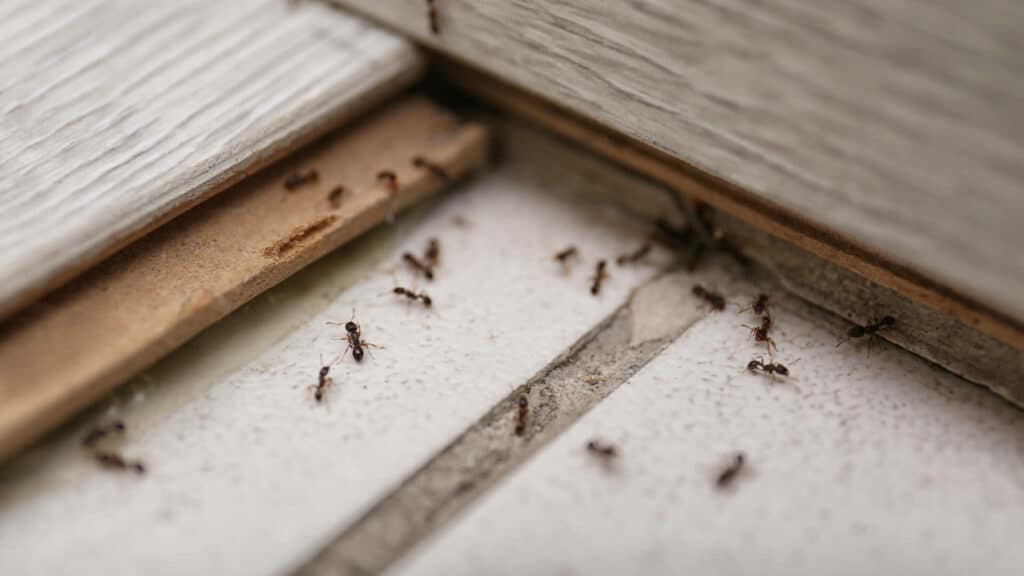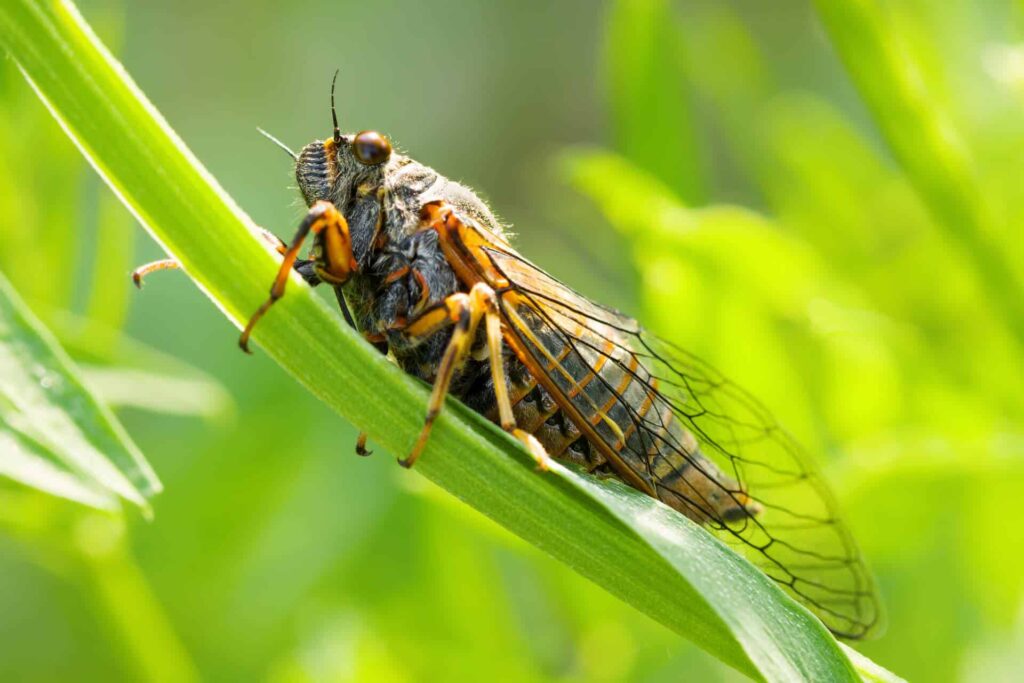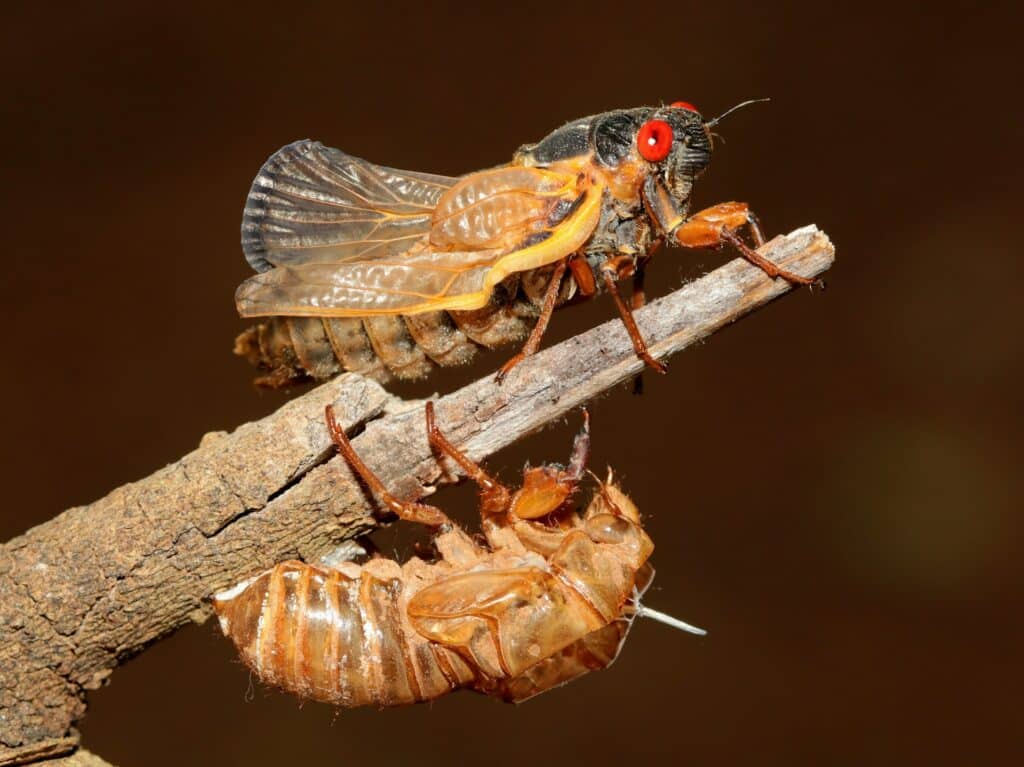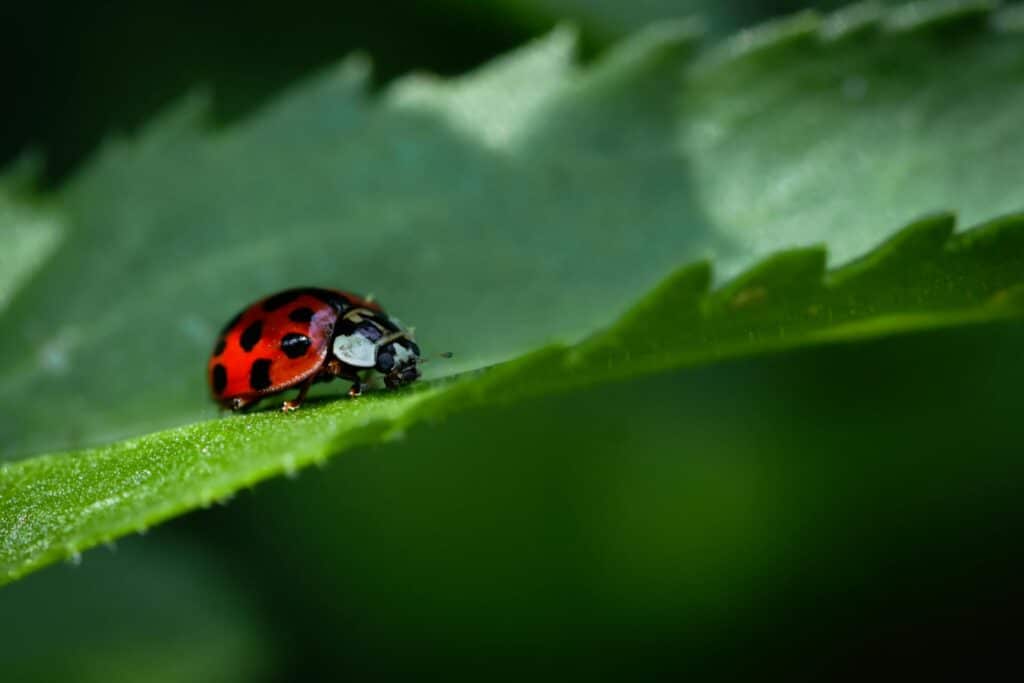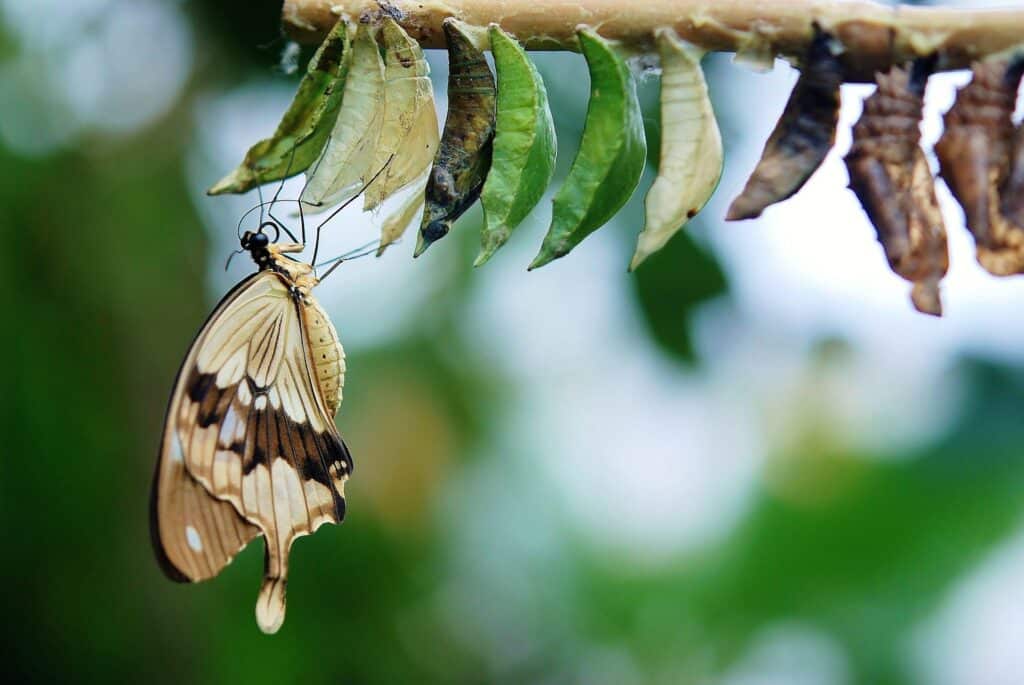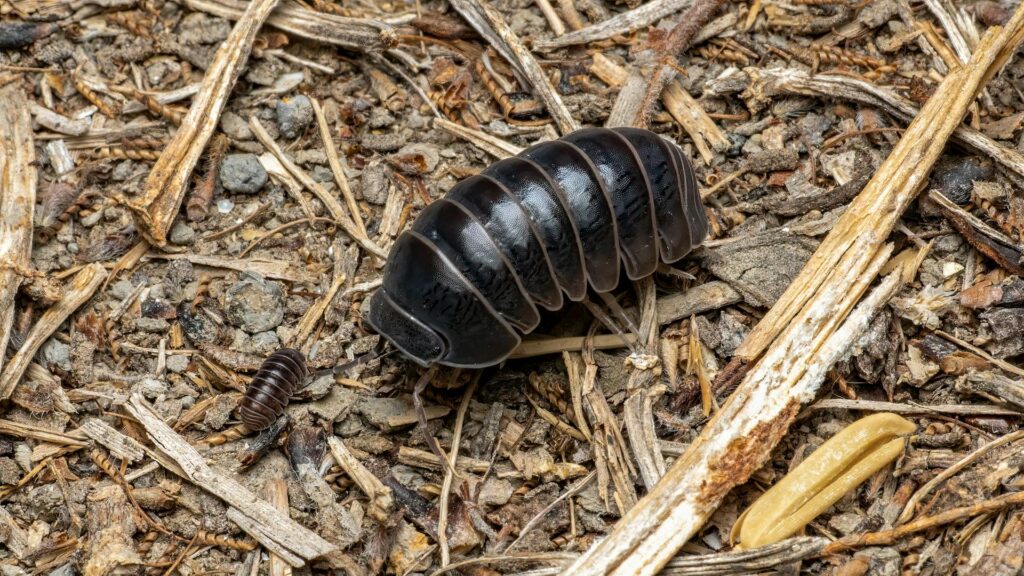Pack rats, also known as woodrats, are notorious for their mischievous and resourceful nature. These small rodents are commonly found in North America and have a knack for collecting various items to build their nests, often creating significant problems for homeowners. Recognizing and eradicating pack rat infestations can help you protect your property and maintain a healthier living environment.
These fascinating creatures have unique behaviors that set them apart from other rodents. They are known for their habit of gathering twigs, leaves, and even shiny objects to construct elaborate nests called middens. While this might sound endearing, these nests can harbor a range of unwanted surprises, including other pests; middens also pose a threat to the structural integrity of your home.
Detecting a pack rat infestation early can save you from a host of headaches. These rodents are excellent climbers and can easily access attics, garages, and other areas of your home. Signs of their presence include gnawed wires, chewed furniture, droppings, and urine stains. Left unchecked, a pack rat infestation leads to structural damage as well as the potential health risks associated with their droppings and urine.
Preventing pack rat infestations involves a combination of vigilance and proactive measures. By securing food sources, blocking entry points, and removing potential nesting materials, you can make your home less inviting to these persistent rodents.
However, due to their elusive nature and ability to adapt, enlisting the help of a pest control specialist is a crucial step. Professional pest control services provide the expertise needed to identify and address infestations effectively, ensuring your home remains clear of pack rats.
Pack Rats Facts
These rodents typically inhabit desert regions, forests, and grasslands, adapting to various environments from the arid Southwest to the wooded areas of the East. They are particularly adept at finding shelter in rocky crevices, hollow trees, and even human structures.
Physically, pack rats are distinguishable by their large ears, bushy tails, and big, dark eyes. They usually measure between 12 to 18 inches in length, including their tails, and weigh around seven to 21 ounces. Their fur color ranges from gray to reddish-brown, which helps them blend with their natural surroundings. In terms of lifespan, pack rats generally live up to two to three years in the wild, though they can survive longer in captivity.
One of the most intriguing traits of pack rats is their penchant for collecting various objects to build middens. These nests can be quite complex, constructed from twigs, leaves, and an assortment of shiny or colorful items they encounter. The combination of debris, urine and other substances create an almost cement-like structure. These middens have been known to survive for up to thousands of years, even offering a record of environmental changes over time.
Pack rats are nocturnal, meaning they are most active during the night, foraging for food and materials for their middens. They are also known for their strong homing instincts, meaning that they will often return to the same nesting site even after being relocated.
Diet and Reproductive Habits
Pack rats, despite their small size, have voracious appetites and eclectic tastes. Their diet primarily consists of plant materials such as seeds, fruits, nuts, leaves, and twigs. That being stated, they are opportunistic feeders and won’t hesitate to munch on pet food, garbage, or even stored human food if given the chance. This broad diet can lead to significant property damage, as pack rats will gnaw through packaging, wires, plastic, and insulation to access food sources.
Reproductively, pack rats are prolific breeders. They reach sexual maturity at around two months old, and a single female can produce multiple litters each year. Each litter typically contains two to five young, which are born after a gestation period of about a month. The young are weaned within a few weeks and soon after, they begin contributing to the population. This rapid breeding cycle means that a small infestation can quickly escalate into a much larger problem if not addressed promptly.
The impact of pack rats’ diet and reproductive habits on property damage is substantial. Their constant gnawing ruins electrical wiring, posing fire hazards and compromising the structural integrity of buildings. Their nesting behavior often results in large piles of debris in attics, garages, and basements, leading to further property degradation and an aesthetic eyesore. Additionally, the contamination of food stores and the spread of droppings and urine present severe health risks.
Understanding the diet and reproductive habits of pack rats is essential for effective pest control. By recognizing the signs of their feeding and nesting activities, homeowners can immediately take proactive measures, like calling a pest control specialist, to mitigate damage and prevent infestations from spiraling out of control.
Detecting Infestations
Detecting pack rats early can save homeowners a lot of trouble. These rodents are skilled at hiding, but they leave behind telltale signs of their presence. One of the most common indicators is gnawed wires. They also chew on furniture and other household items, leaving distinctive teeth marks.
Another clear sign of pack rat activity is the presence of nests. These middens are often built from twigs, leaves, and objects and found in attics, garages, basements, or other secluded areas around your home. Additionally, their droppings and urine stains contaminate surfaces and emit unpleasant odors.
To inspect for potential nesting sites, start by checking dark, quiet areas where pack rats are likely to feel safe. Look behind large appliances, inside cabinets, and in attics or crawl spaces. Pay attention to any unusual piles of debris or shiny objects that seem out of place. Also, listen for rustling noises at night, as pack rats are nocturnal and most active after dark.
By keeping an eye out for these signs, homeowners can detect pack rat infestations early. If you suspect a pack rat presence, it may be time to call in the professionals for a thorough inspection and effective pest control measures.
Preventing Pack Rat Infestations
To make your home less inviting to these persistent pests, start by securing food sources and garbage, as pack rats are opportunistic feeders. Store food in airtight containers and ensure pet food is not left out overnight. Make sure your garbage cans have tight-fitting lids and consider using metal cans to prevent pack rats from gnawing through the plastic.
Blocking entry points is another crucial step. Inspect your home for any cracks or holes in the walls, roof, and foundation. Pay special attention to areas around the windows, doors, and utility lines. Using materials like steel wool, hardware cloth, or caulk to seal these openings is helpful, as pack rats can squeeze through surprisingly small spaces. Don’t forget to check vents and chimneys, which can also serve as entry points for these agile climbers.
Removing potential nesting materials is equally important. Pack rats are notorious for gathering twigs, leaves, and a variety of objects to build their nests. Keep your yard clean of debris like fallen branches and leaf piles. Inside your home, keep storage areas organized and clutter-free, as clutter provides excellent hiding spots and building materials for nests. If you have firewood, stack it at least a foot and a half off the ground and away from your home. A well-maintained yard with trimmed vegetation that doesn’t touch your house can reduce the likelihood of an infestation.
Why You Should Hire a Pest Control Specialist
Hiring a pest control specialist offers numerous benefits when dealing with pack rat infestations. One of the primary advantages is their expertise in identifying and eradicating infestations. Professionals are trained to recognize the subtle signs of pack rat activity that homeowners might overlook. They know where to look, how to track the extent of the infestation, and which methods will be most effective in specific situations.
In addition to their expertise, pest control specialists use advanced techniques and products. They have access to professional-grade tools and treatments not available to the general public. Pest control experts also know the proper way to apply these products, which may be a challenge for someone without specialized training.
Another significant benefit of hiring a pest control specialist is their focus on long-term prevention strategies. Once the immediate infestation is under control, professionals can provide advice and solutions to prevent future occurrences—sealing entry points, modifying habits, or ongoing monitoring. They can also offer tips on proper sanitation practices and regular home inspections.
By leveraging the expertise and resources of a pest control specialist, homeowners can get rid of an infestation and prevent future outbreaks. When it comes to pack rat control, they’re clever, resourceful, and resilient, a terrible combination in a pest. For true peace of mind, Call Aptive to find a pest control specialist in your area before you see the signs that pack rats have found a home in yours.
